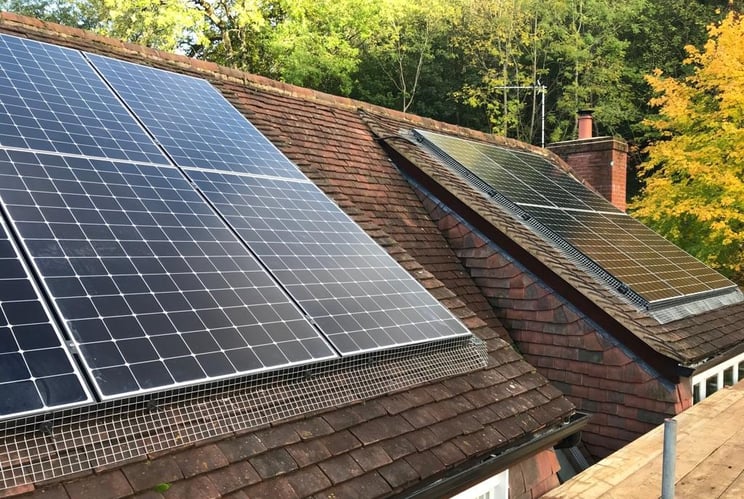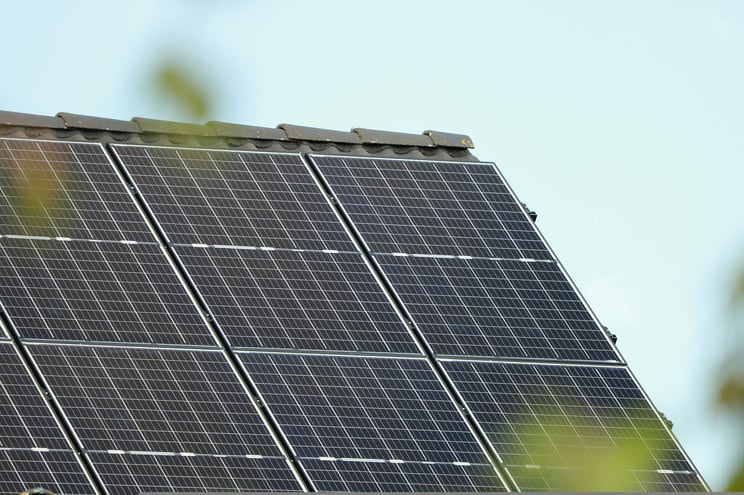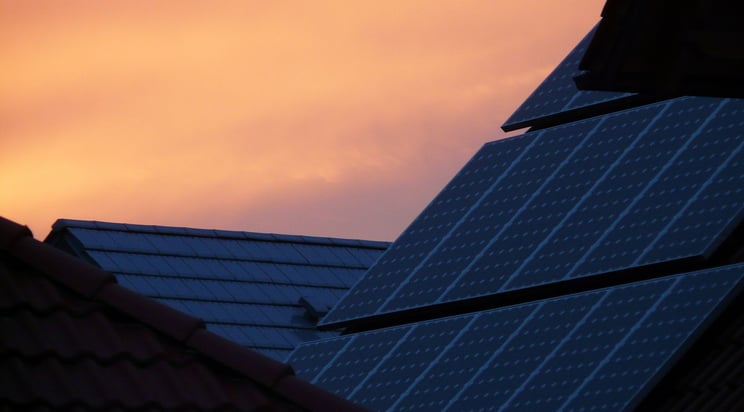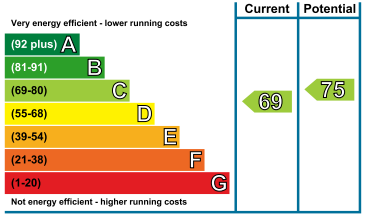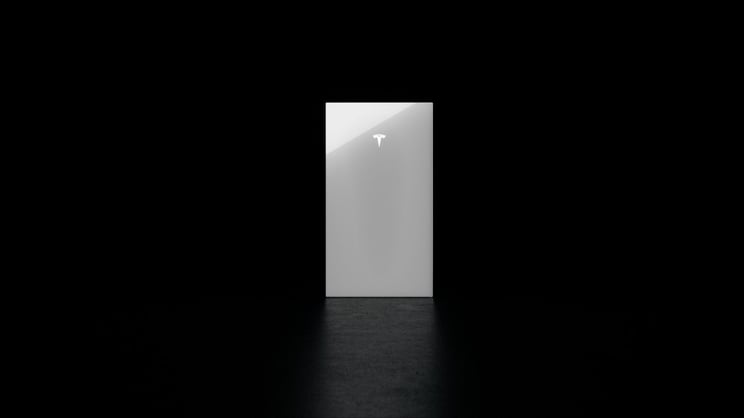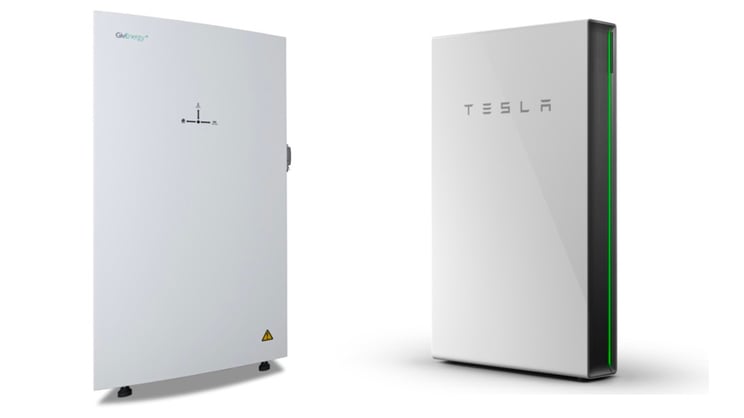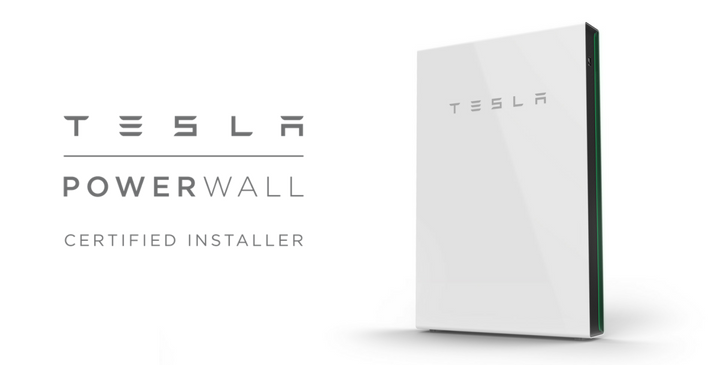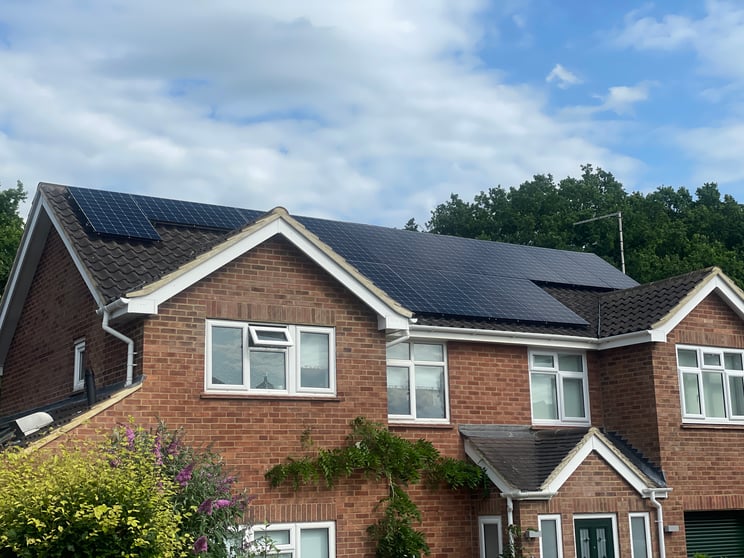It's been a while since we updated our readership on the full range of export tariffs available on market. Here at Spirit we work closely with a variety of energy companies to help you get the best rates for your solar PV system. With that in mind here is an overview of the state of the market for getting you the best value for excess energy.
Everyone knows that you can’t put solar panels on a north facing roof…. or can you?
With electricity prices rising, north facing solar panels are now often worth the money.
Very soon, we expect demand to outstrip supply, once again.
Topics: Battery storage, Spirit Energy news, Solar PV
Tesla have now announced Powerwall 3 and we're sure you have many questions, so we made this FAQ to help iron them out. For a full breakdown of everything we know about Powerwall 3, check out our knowledge bank article here:
Tesla Powerwall 3 - Everything you need to know
Powerwall 3 price, specs, chemistry, release date and more:
{% module_block module "widget_4a034a3c-26aa-4226-8813-d9e8365efdcf" %}{% module_attribute "accordions" is_json="true" %}{% raw %}[{"content":"The price of the Powerwall 3 has not been announced yet, however, given the calibre of the integrated inverter, along with it being at the start of its product cycle, we’d expect the price to be between £12,000-£18,000 inc. VAT. Compared to the Powerwall 2 which we currently price around £7,250 - £7,750. Sign up to our newsletter to be the first to know.
","open_by_default":false,"title":"How much does Tesla Powerwall 3 cost?"},{"content":"Topics: Battery storage, Tesla Powerwall, FAQs
This September has broken records for heat and sunshine. So good news for solar panels, correct? Well, generally, yes - as temperatures increase and the clouds dissipate, you can expect to see greater outputs from your solar panels, but it's important to remember that it's not the heat that solar panels capture, it's the light.
In fact, solar panels are known to have a drop off in efficiency at warmer temperatures. This is because heat increases the voltage resistance to electrons, so the warmer a solar panel system is the less efficiently it runs. A crisp winter's day is actually the ideal weather for a solar panel system rather than sweltering summer, it's the greater number of daylight hours the summer provides that means a greater output during the summer months, not the heat.
With increasing competition in the residential battery storage market from the likes of Tesla, GivEnergy, Solaredge, Pylontech, and more, it’s hard to know which is the best battery for your needs. If you’re after power cut protection at a reasonable price in the UK, you’re likely torn between the Tesla Powerwall 2 and the brand new GivEnergy All in One. Here’s a breakdown of the two products, what the differences mean to your everyday life, and which should be the best fit for your needs.
Topics: Battery storage, Tesla Powerwall
Tesla Powerwall 2 is one of our most recommended batteries for a domestic installation. For a limited time, Tesla are offering a £350 rebate for Tesla Powerwall 2s installed between August 11th and 31st December 2023 from certified installers.
Spirit Energy are a Tesla authorised partner so if you're in the market for a battery installation at your property, why not avail yourself of this offer and get in touch with our experienced and knowledgeable sales and estimating team today to reserve your slot in our busy installation calendar. We will walk you through the pros and cons of the various battery systems on offer. So pick up the phone today and call 0118 951 4490 or email us at info@spiritenergy.co.uk.
You can find more detailed information on the rebate here, and don't forget to check out our knowledge bank article on the Tesla Powerwall 2 here.
Topics: Battery storage, Financing, Tesla Powerwall


Maybe you’ve seen the uptick in the number of your neighbours installing solar panels recently, and why you may ask? What are they getting out of it? Surely it can’t make any real sense. It might seem like a daunting investment, but once you weigh up the costs and benefits, we think things will get a little clearer.
Quick Links
Cut your costs - Save money on bills.
Increase your property value - Net present value.
Become more independent – Energy Security and grid reliance.
Be more sustainable – Environmental Benefits
From start to finish Spirit delivered an exceptional level of service in getting my full PV system in place. From providing sensible and occasionally challenging advice, they guided me to the most appropriate configuration to meet our needs.
The technicians managing the installation were a delight to work with keeping me well-advised at each stage of the project.
Overall very happy with my new power station.
Mr. Crowe
May, 2023
Read here
Topics: Tariffs, Solar PV, Environment, FAQs
When installing a solar PV system in your home one of the elements to consider is if you need a battery system to complement your PV panel setup. At Spirit, we install battery systems for most domestic PV systems we install, however there are a few factors that go into this decision.
Topics: Battery storage, FAQs




